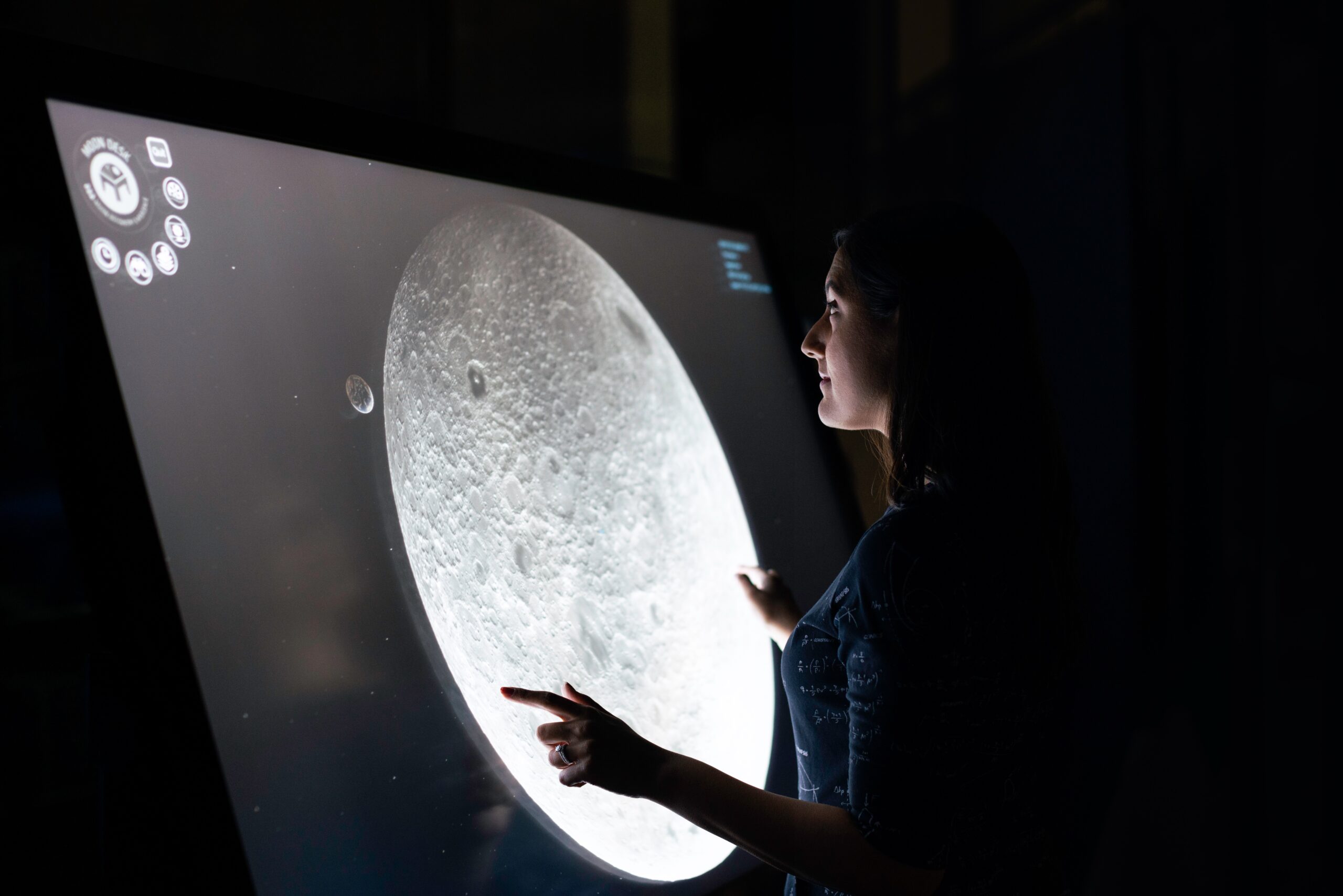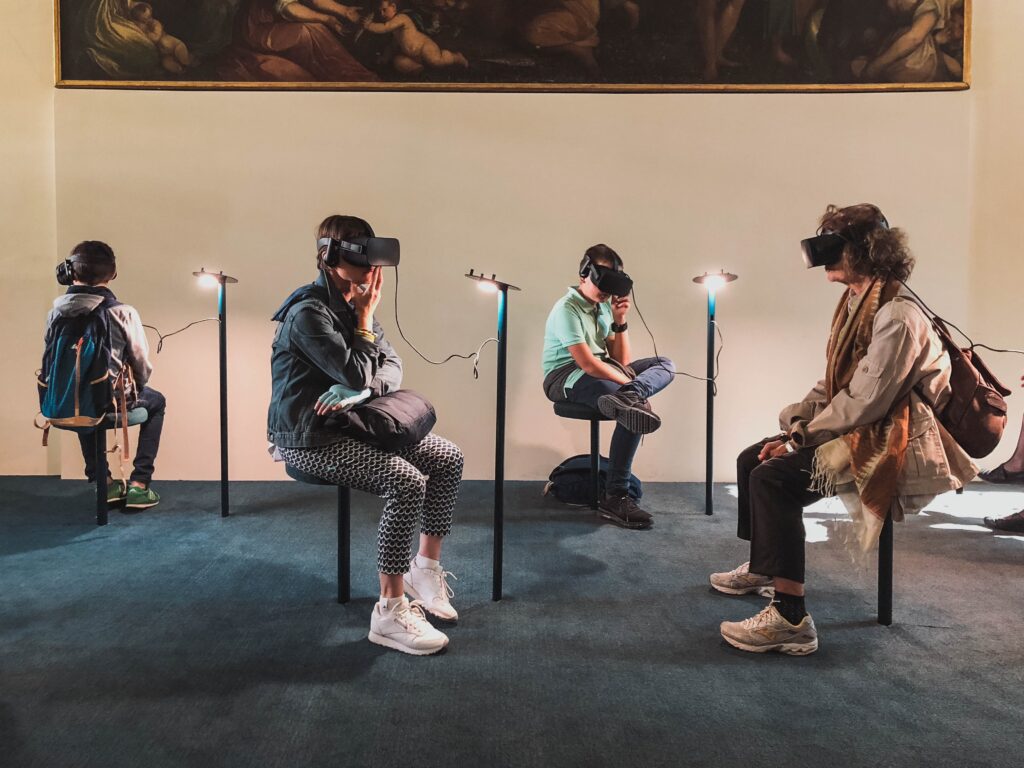
Top 5 Tech Trends Every Student Should Be Aware Of
In today’s fast-paced digital age, technology is not just shaping our personal lives but also molding academic environments and the very essence of education. Students are now learning in ways that were unimaginable a decade ago, benefiting from a blend of traditional methods and cutting-edge technological tools. As the boundaries between the physical and digital realms blur, being informed about the latest tech trends becomes crucial, not just for educators but for students as well.
This article delves into the five most influential tech trends that every student should be cognizant of, trends that are redefining the educational landscape and transforming traditional classrooms into hubs of innovation and interactive learning. While some students are tech-savvy, others might find themselves googling “write my paper for me cheap” to keep up with the demands of modern education. No matter where you stand, understanding these trends can be a game-changer.
VR and AR in Learning
The boundary-pushing realms of Virtual and Augmented Reality are no longer confined to the gaming industry or futuristic simulations. They have made a noteworthy ingress into the academic sector, offering students immersive learning experiences that were previously out of reach.
VR transports users to a computer-generated environment, immersing them entirely in a 360-degree view of a simulated world. Imagine walking through the historic streets of Rome during a history lesson or exploring the depths of the ocean during a marine biology class—all from the comfort of a classroom or even your home. AR, on the other hand, overlays digital information into the real world. This could be in the form of interactive 3D models during an engineering lecture or even a real-time language translation during a foreign language class.
Both these technologies promote engagement, retention, and a hands-on approach to learning. They allow students to interact with content in ways textbooks never could. However, it’s not without its challenges. The initial cost of setting up VR and AR infrastructures can be high, and not all educational institutions have access to such resources. But with the rapid development and decreasing costs of this tech, it’s an avenue with an incredibly promising future in education.
Artificial Intelligence and Personalized Learning
AI, once only a subject of science fiction, has now permeated numerous sectors, including education. One of the most promising applications of AI in academics is personalized learning—a teaching method tailored to the unique needs and abilities of individual students.
Instead of a one-size-fits-all approach, AI-driven platforms can analyze a student’s performance, learning speed, and areas of difficulty to adapt content accordingly. This ensures that each learner receives material at their optimal level of challenge. For instance, if a student struggles with a particular math topic, the AI system can provide additional resources or change the teaching method for that specific area until the concept is grasped.
Moreover, AI-powered chatbots and virtual tutors are now available to provide real-time assistance to students, answering queries and guiding them through complex topics at any hour. While AI’s full potential in education is still unraveling, its promise for creating a more adaptive and responsive learning environment is undeniable.
Blockchain and Credential Verification
Blockchain, commonly associated with cryptocurrencies, is a decentralized ledger system that records transactions in multiple places simultaneously, ensuring transparency and security. Its application has transcended the financial sector, and education is one of its newest frontiers.
Academic institutions worldwide are beginning to recognize the potential of blockchain in issuing and verifying academic credentials. Given the decentralized nature of the technology, once an institution issues a certificate or degree, it gets recorded on the blockchain. This record is immutable, meaning it cannot be altered or tampered with. This system offers a transparent and tamper-proof method of verifying academic credentials, negating the possibilities of fraud.
For students, this means a shift in how they receive and share their educational achievements. Digital diplomas or credentials stored on the blockchain can be shared with potential employers, who can instantly verify their authenticity. While the technology promises enhanced security and transparency, challenges such as data privacy concerns and the need for widespread adoption remain. Yet, as institutions continue to explore its benefits, blockchain’s role in the academic landscape is bound to expand.
5G Connectivity and Remote Learning
The emergence of 5G, the fifth generation of wireless technology, promises unprecedented speeds and connectivity that dwarf its predecessors. While most discussions around 5G center on its impact on consumer tech, its implications for education, especially remote learning, are profound.
With 5G’s enhanced bandwidth and reduced latency, real-time interactions in virtual classrooms will become smoother, more reliable, and lag-free. Imagine a world where students, irrespective of their geographic locations, can participate in a lab experiment virtually, interact with fellow students in real-time without any delay, or stream high-definition educational content without buffering.
Such robust connectivity holds the potential to democratize education. Students in remote or underserved areas can access the same quality of education as those in urban centers. Moreover, it could foster a more interconnected global academic community, breaking down geographical and infrastructural barriers. However, the successful integration of 5G into education hinges on factors like infrastructure development, accessibility, and affordability. As 5G networks continue to expand globally, their transformative impact on education will be unveiled in the coming years.
Wearable Technology and Student Well-Being
The rise of wearable technology, encompassing devices like smartwatches, fitness trackers, and even smart glasses, is transforming not only how students study but also how they monitor and maintain their well-being. These gadgets are no longer just about counting steps or tracking sleep; they’ve evolved into tools that can significantly enhance the student experience.
For instance, some wearables can monitor stress levels, alerting students when they might need to take a break from studying. Others can track concentration levels during study sessions, providing insights into optimal study durations or the best times of day for focused work. Beyond academic applications, wearables also offer health-related functionalities, such as reminders to hydrate, stand up, or even meditate, ensuring that students maintain a holistic approach to their health amidst their busy schedules.
While the potential benefits are numerous, it’s also crucial to address concerns about data privacy and the implications of constant monitoring. As wearable tech continues to integrate into student life, a balance must be struck between harnessing its benefits and ensuring personal data security.
Final Thoughts
As the curtains fall on this exploration of the technological frontiers influencing modern academics, it becomes evident that the future of education is not in the traditional confines of brick and mortar but in the expansive realms of digital innovation. Whether it’s students harnessing VR for immersive learning or turning to the pay for research paper to assist with their academic endeavors, the synergy between technology and education promises a brighter, more inclusive, and more efficient learning environment.
Yet, with all these advancements, it’s essential to remember the human element of education. Technology should be viewed as a tool, not a replacement. It is in the fusion of human creativity, adaptability, and technological capabilities that the true future of education lies.



